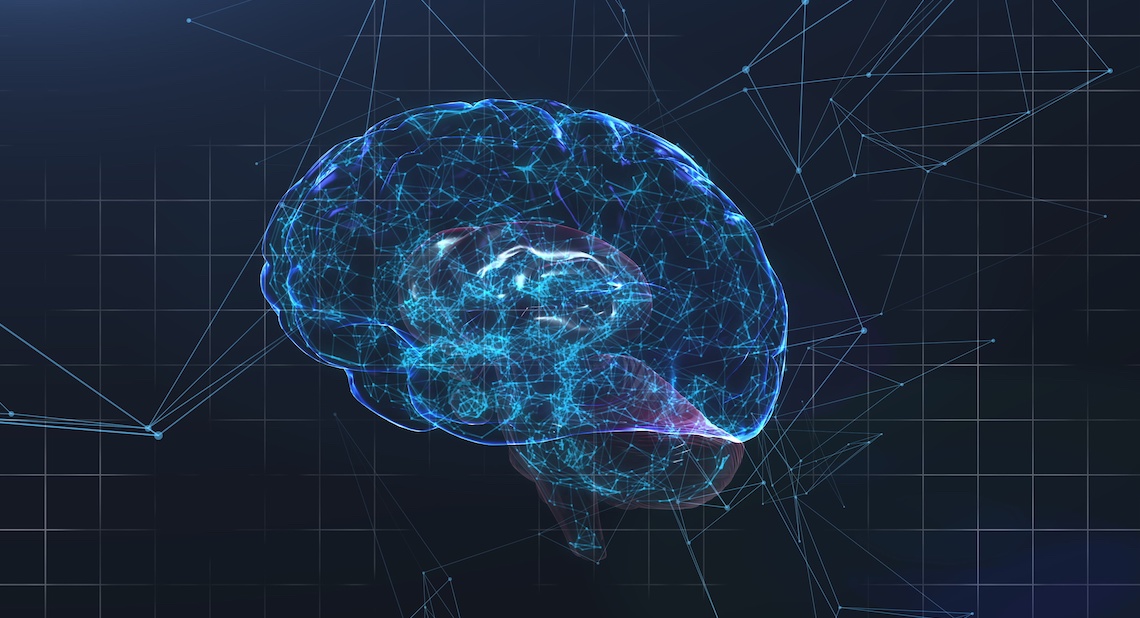New research identifies brain regions responsible for fatigue

Photo: Kite_rin / Shutterstock
- A team at Johns Hopkins discovered the brain regions responsible for fatigue.
- The insula and motor cortex create a feedback loop with muscles that produce more fatigue when you try to “power through.”
- The researchers hope this will lead to the development of treatments for fatigue-related symptoms of depression and multiple sclerosis.
Trying to power through fatigue is exhausting. The human body has limits. While researchers have long understood the physical signals of fatigue (such as lactic acid buildup), the neurological correlates of exhaustion have been elusive—until now.
A new study from researchers at Johns Hopkins University investigated the neuroscience of fatigue. Published in Nature Communications, the scientists discovered that the most profound neurological changes occur in the insula (regulation of homeostasis, motor control, and cognitive functioning, among other duties) and motor cortex (execution of movement and sensory guidance).
With this discovery, the team hopes that new physical and chemical intervention for fatigue can be created. This is especially relevant for people with conditions that include fatigue as a symptom, such as depression, strokes, and multiple sclerosis.
Vikram Chib, an assistant professor of biomedical engineering and research scientist, is interested in developing techniques for helping our brains overcome fatigue. Instead of the old “power through” technique, there are better methods available.
“It might not be ideal for your brain to simply power through fatigue. It might be more beneficial for the brain to be more efficient about the signals it’s sending.”
Self-referential measurements for phenomena like pain and fatigue make it difficult to assess. When a doctor asks you to tell them how tired you’re feeling on a scale from one to seven, your four might be very different than the next patent’s. Recognizing this limitation, Chib created a novel approach to measuring fatigue.
Strengthen Your Mind Like a Navy SEAL | David Goggins | Big Thinkwww.youtube.com
Twenty volunteers (average age of 24; 11 male and nine female participants) endured multiple rounds of a grip test. They were asked to squeeze a sensor over the course of 10 trials. The key: they could either choose a coin flip (introducing uncertainty) to determine how much effort to use, or choose a predetermined effort level, which was increasingly more difficult.
Uncertainty offers insight into how each volunteer made a mental decision regarding effort level.
“Unsurprisingly, we found that people tend to be more risk averse—to avoid—effort,” Chib says. “The predetermined amount had to get pretty high in relative effort for participants to choose the coin toss option.”
Using fMRI technology, Chib’s team was able to assess the regions activated during the decision-making process, as well as observe in real-time what happens as volunteers grew fatigued.
As more effort was required, the volunteers’ motor cortexes became deactivated. The part of their brain responsible for movement shut off. A weary cycle begins, as a tired motor cortex produces more lactic acid in muscles, which creates more fatigue.
As the team notes, the relationship between mind and muscle is relevant.
“It is important to mention that physical fatigue may not only arise from central mechanisms in the cortex, but also from peripheral mechanisms at the level of muscles.”
This isn’t a huge challenge for the everyday person. When you’re tired, rest. Recovery practices such as proper sleep, hydration, and stretching are all important. But if you suffer from depression or other disorders causing chronic tiredness, this research could help lead to interventions that target the brain regions responsible for fatigue.
—
Stay in touch with Derek on Twitter, Facebook and Substack. His next book is “Hero’s Dose: The Case For Psychedelics in Ritual and Therapy.”





